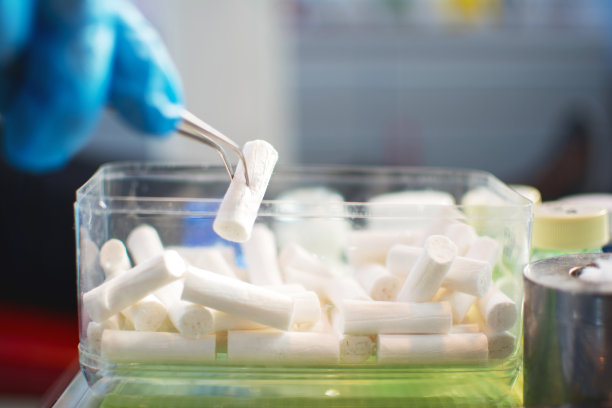Essential Guidelines for Ensuring Comfort and Longevity After Your Dental Filling Procedure
Summary: After undergoing a dental filling procedure, it is essential to follow specific guidelines to ensure both comfort and the longevity of the filling. This article provides a comprehensive overview of key aspects to consider post-procedure, including pain management, dietary modifications, oral hygiene practices, and regular dental check-ups. Each section aims to equip you with practical advice and effective strategies to maintain your oral health and ensure your dental fillings serve their purpose without complications. By adhering to these guidelines, you can promote healing, minimize discomfort, and extend the life of your dental restoration, leading to a healthier and more enjoyable oral experience.
1. Effective Pain Management Techniques

After receiving a dental filling, it is common to experience some discomfort in the treated area. Effective pain management is crucial for a smooth recovery. Over-the-counter pain relievers, such as ibuprofen or acetaminophen, can help alleviate discomfort. However, its essential to follow the recommended dosages, as excessive consumption can lead to further complications.
Applying a cold compress on the outside of your cheek can also be beneficial. This method reduces swelling and numbs the pain temporarily. Be sure to wrap the ice or cold pack in a cloth to prevent direct contact with your skin, which could cause frostbite. Limit the application to 15-20 minutes at a time for optimal results.
If your discomfort persists or worsens after a few days, contact your dentist. They may need to assess the filling to ensure it is correctly placed and aligned, addressing any potential complications early on.
2. Dietary Adaptations for Better Healing
Another critical aspect post-filling care is dietary modifications. Its advisable to avoid hard, sticky, or chewy foods in the initial days following the procedure. Eating these types of foods may dislodge or damage the filling. Opt for softer foods such as yogurt, mashed potatoes, or smoothies to ensure you maintain a nutritious diet without overexerting your dental work.
Additionally, be cautious with hot and cold beverages. Extreme temperatures can cause sensitivity, especially if the filling is still settling. Allow hot drinks to cool slightly or consume room-temperature drinks during the initial healing process.
Once your dentist confirms that your filling is stable, gradually reintroducing your regular diet is usually safe. Always remember to chew on the opposite side of the filling for a few days to avoid unnecessary pressure on the new restoration.
3. Importance of Proper Oral Hygiene
Maintaining excellent oral hygiene after a dental filling is crucial for longevity. Its important to continue brushing and flossing daily, but you may need to adopt a gentle approach around the treated area. Use a soft-bristled toothbrush to minimize irritation and keep the area clean without causing damage to the filling.
Flossing is equally important, as food particles can become trapped around the filling, leading to decay. However, be cautious not to dislodge the filling while flossing. A waxed floss may be beneficial, as it slides more easily between teeth and around dental work. If you have any concerns, consult with your dentist about the best techniques for maintaining cleanliness without risking your filling.
Rinsing your mouth with an antibacterial mouthwash can further support oral health, reducing the risk of infection. Always ensure that any products you use are gentle and suitable for post-dental procedures.
4. Scheduling Regular Dental Check-Ups
Regular dental check-ups play an integral role in ensuring the longevity of your filling. Scheduling follow-up appointments allows your dentist to monitor the condition of your filling and your overall oral health. They can quickly identify any issues, such as wear or decay, before they escalate into significant problems.
Typically, it’s recommended to visit your dentist every six months for routine examinations and cleanings. However, if you experience any issues such as discomfort or unusual sensitivity, scheduling a visit sooner is advisable. Early intervention is key in preventing more severe complications.
During these appointments, be sure to discuss any concerns you might have regarding your filling or overall dental health. An open line of communication can lead to the best care and treatment tailored to your needs.
Summary:
In conclusion, adhering to essential guidelines following your dental filling procedure is critical in ensuring both comfort and longevity. From managing pain effectively to making necessary dietary adjustments, each aspect plays a vital role. Maintaining good oral hygiene and scheduling regular dental check-ups will further enhance the durability of your filling and contribute to your overall oral health.
This article is compiled by Vickong Dental and the content is for reference only.



